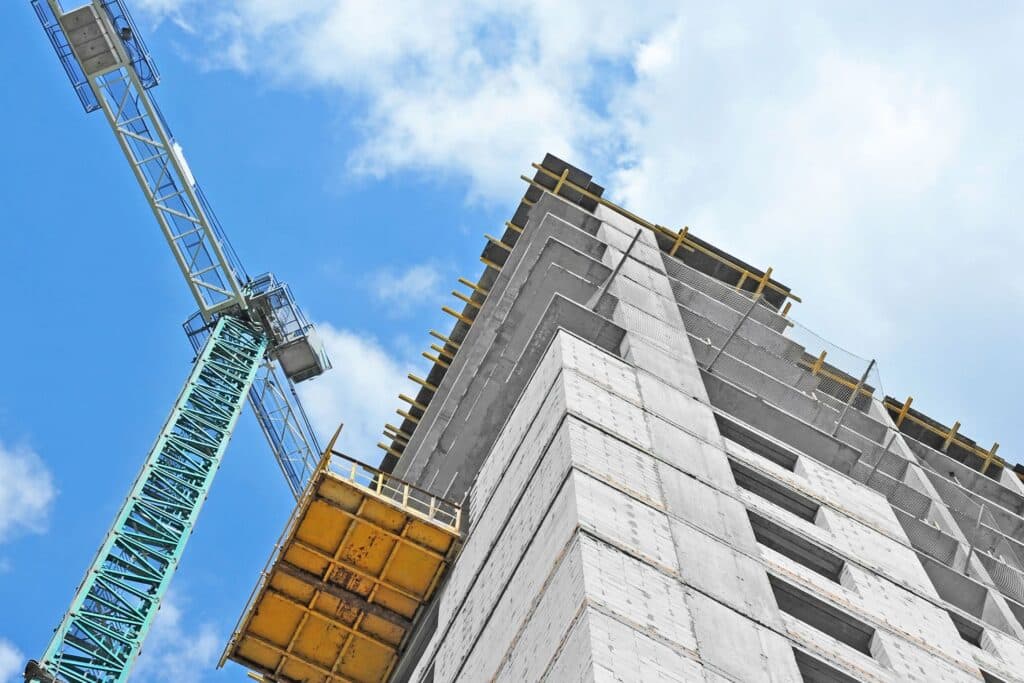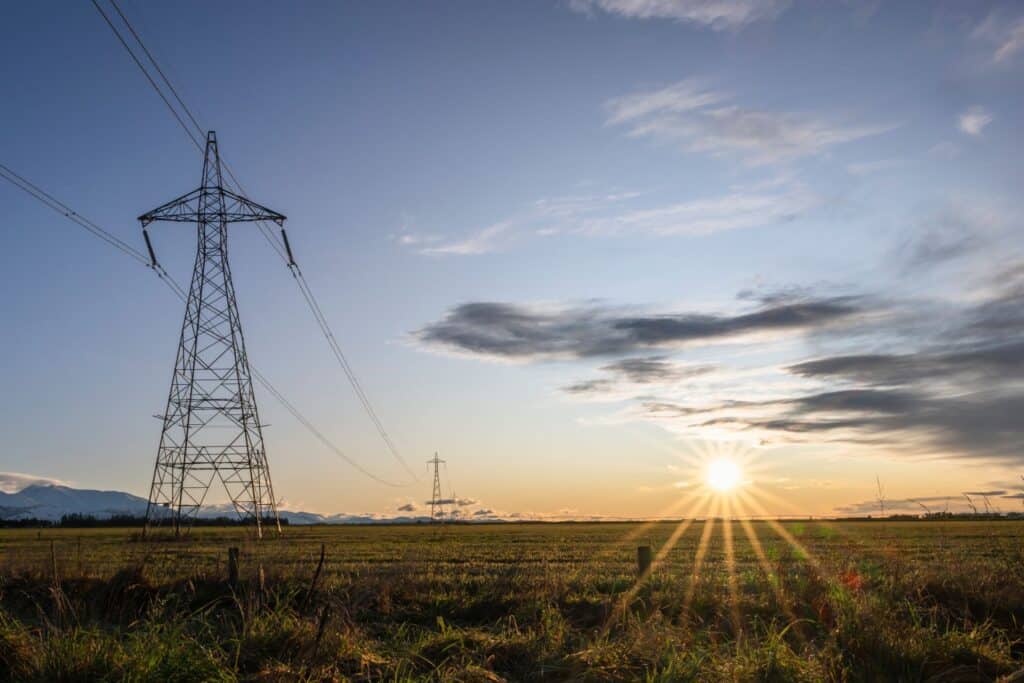The Inflation Reduction Act (IRA) is the most significant climate legislation in United States history. Energy Innovation Policy and Technology LLC® modeling finds the IRA’s $370 billion in climate and clean energy investments could cut U.S. greenhouse gas (GHG) emissions roughly 40 percent by 2030. Combined with state action and forthcoming federal pollution standards, the IRA puts the United States within reach of its Paris Agreement commitment to cut emissions 50 percent to 52 percent by 2030.
Energy Innovation Policy and Technology LLC® prepared a series of research notes to detail the IRA’s provisions across the electricity, buildings, and transportation sectors. The notes also describe how states and private actors can leverage these provisions to unlock economic, public health, and climate benefits, as well as how the U.S. can bridge the gap to meet its 2030 climate goals.
Implementing The Inflation Reduction Act: A Roadmap For State Electricity Policy
The Inflation Reduction Act (IRA) is the most significant climate legislation in U.S. history. The electricity provisions could achieve a low-cost 73 to 76 percent clean grid by 2030, cut customer bills by hundreds of dollars annually, and create more than a million jobs in 2030. This report explains the law’s clean energy policies and their projected impact, and identifies the state policymaker and utility actions necessary to realize the IRA’s benefits.
Implementing The Inflation Reduction Act: A Roadmap For State and Federal Transportation Policy
The Inflation Reduction Act’s (IRA) ground transportation provisions could jumpstart America’s electric vehicle (EV) industry, create good-paying U.S. jobs, and get more zero-emission vehicles on the road. This report explains the most impactful EV policies, examines recent independent modeling investigating the IRA’s transportation sector impacts, and recommends further regulatory action and state policy to ensure the U.S. can swiftly transition to an electrified transportation future and meet our climate goals.
Implementing The Inflation Reduction Act: A Roadmap For Federal And State Buildings Policy
The Inflation Reduction Act of 2022 (IRA) building sector provisions will save consumers money, improve public health, create good-paying U.S. jobs, and cut building sector emissions. This report explains how federal regulatory agencies can effectively implement the IRA’s building provisions, recommends complementary federal policies to accelerate building decarbonization. It also outlines how state policymakers can leverage the new law to reduce building sector pollution, increase building efficiency, and lower energy bills.



